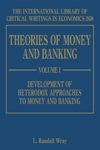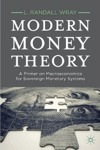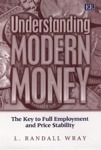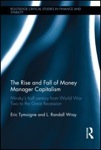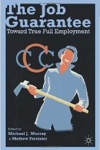By Dan Kervick
Matt Yglesias has described three popular contemporary political approaches to the challenge of maintaining our national commitment to “providing health care services to the elderly, the disabled, and the poor and also to bolstering the general incomes of elderly people.” One is Congressman Paul Ryan’s approach of reducing the level of the future commitment in order to bring it in line with “historic norms about the level of taxation.” The second is the liberal approach of preserving our existing level of commitment into the future, even if that means raising taxes in the aggregate. The third is “the hazy Obama/Simpson-Bowlesish center that wants to raise taxes and cut programs.”
Perhaps this short list characterizes the main political answers reasonably well, if the main political question is how to tame the budget, and shrink or control the deficit. But I would like to point out that all three answers have something in common: Not a single one of these approaches, as usually presented, contains any call for the national government to engage seriously in what one might call “investing in our future”. All three of them reflect the defeatist mindsets of different camps of worn out oldsters, each promoting a different way of giving up, making do, or just hanging on. They are all pathologies of the dismal “No, we can’t!” era in which we now live.
The promoters of these three variations on the theme of austere, hard news pessimism no doubt fancy themselves realists and responsible grownups. But they are nothing of the sort. They are burned-out casualties of neoliberalism, afflicted with dead imaginations or ideological blinders, who have forgotten what it means to grow a country and build a society. We need to move beyond their miserable and dismal trilemma. If the die-hard adherents of these schools of thought want to mope around the shuffleboard courts at the End of History Home for Final Surrender, let them. But it’s time for the rest of us to reject all three approaches and reignite our history.
Continue reading →



